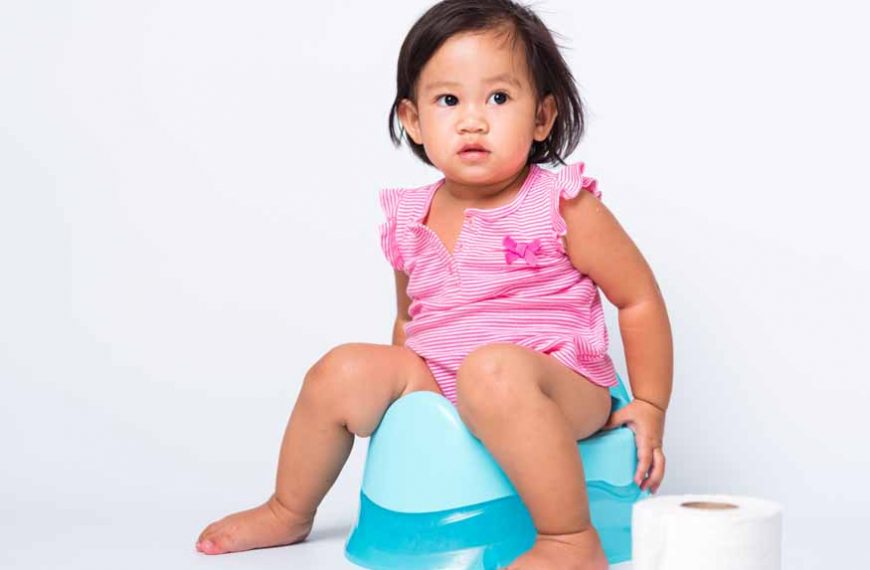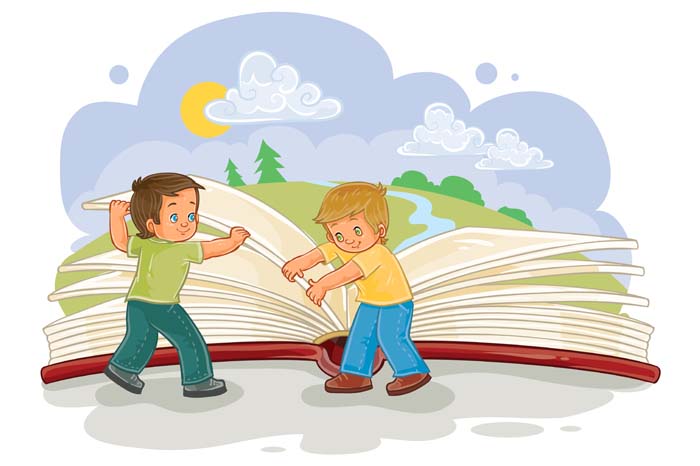Potty training is a significant milestone in your child’s early years. It’s a time filled with both excitement and ickiness, as you and your little one embark on this journey of self-reliance. While every child is unique, potty training charts have emerged as valuable tools in helping parents and toddlers navigate this crucial stage. When a child’s body performs involuntarily, it can be disconcerting for the toddler to not understand how to deal with a lack of control. It is so important to help them process how their bodies work, how to feel in control and how to stay healthy and happy. Let’s explore the ins and outs of potty training charts, how to use them effectively and why they can be so beneficial for your toddler’s development.
A potty training chart is a visual aid that helps track your child’s progress in the journey toward independent toileting. It typically consists of a grid with days of the week or month, along with spaces for stickers or markers. Each successful visit to the potty is celebrated with a sticker or a mark on the chart, creating a visual representation of your child’s achievements. Different aspects of your toddlers’ potty training stages can be easily recorded in a visually appealing way, making this process less chaotic and more organised.
How to use a Potty Training Chart
Using a potty training chart is pretty straightforward. Simplify the process with these steps:
- Select a Chart: Start by choosing a chart that appeals to you or your child’s interests. It could feature their favourite cartoon characters or themes they love. There are several templates online that you can print for free. And if you feel creative, you can even design your own!
- Set Goals: Discuss the goals with your child. Explain that each successful potty visit earns them a sticker or a mark on the chart. You can even negotiate how the reward system works with them.
- Keep it Visible: Place the chart in a prominent location, like the bathroom or bedroom, where your child can see it easily. This will remind them of rewarding behaviours.
- Celebrate Achievements: Whenever your child successfully uses the potty, allow them to place a sticker on the chart or make a fun mark. Celebrate their accomplishment with praise and encouragement. This will make them understand what to look forward to, every time they go to the potty.
- Stay Consistent: Be consistent in using the chart, and make it a part of your daily routine. It is important that children include this process in their minds. This will motivate them to earn their rewards on a regular basis.
Why is a Potty Training Chart Helpful?
There are many benefits of potty training. Creating a potty training chart for toddlers can be very helpful for the following reasons:
- Visual Reinforcement: Charts provide a visual representation of progress, making it easier for your child to understand their achievements.
- Motivation: The act of placing stickers or marks on the chart serves as a positive reinforcement, encouraging your toddler to use the potty consistently.
- Tracking Progress: You can track your child’s potty training journey, helping you identify patterns and make necessary adjustments. This can help with stomach illnesses that require medical attention.
- Sense of Achievement: Completing the chart provides a sense of accomplishment for your child, boosting their confidence. This confidence will be reflected in other activities, too.
- Independence: Charts encourage independence and self-reliance, by giving your child a goal to work towards.
How to Introduce a Potty Training Chart
Introducing a potty training chart effectively requires some planning:
- Explain the Concept: Before you start using the chart, explain its purpose to your child in simple terms. Use language they can understand. Give them time to think and ask questions, if any.
- Involve Your Child: Allow your child to choose the chart they like. This gives them a sense of ownership over the process.
- Create a Routine: Establish a consistent routine for using the potty, such as after meals or before bedtime.
- Monkey See, Monkey Do: Sometimes, children learn by example. Consider using the chart yourself (yes, adults can have potty charts too!) to demonstrate the process.
- Be Patient: Remember that accidents will happen. Patience and gentleness are key in encouraging your child to keep trying.
- No Negative Reinforcements: Punishments, negative talk or visible disappointment can seriously impact a child’s confidence and self-reliance journey. It could also lead to stomach ailments related to fear of rejection. Remember to reinforce your child’s efforts with kindness.
Rewarding Good Potty Training
Rewarding your child’s success in potty training is a crucial aspect of using a potty training chart. Here are some ideas:
- Stickers: The most common method is to use stickers. Let your child choose their stickers or use special potty training stickers.
- Small Prizes: Set milestones and reward your child with a small prize when they reach them. It could be a favourite snack, a toy or extra playtime.
- Verbal Praise: Verbal praise is one of the best ways to reward good behaviour. A simple “Great job!” or “I’m so proud of you!” can go a long way.
- Potty Training Parties: Consider throwing a mini celebration when your child fills up their chart. It could be a dance party, a special treat or outing, or a favourite game.
- Gradual Phasing: As your child becomes more proficient, gradually reduce the rewards to encourage independence.
How to Make a Potty Training Chart
Creating a potty training chart for toddlers is easy and you can customise it to suit your child’s preferences. Here are some things you can include:
- Child’s Name: Personalise the chart by adding your child’s name at the top.
- Days or Weeks: Depending on your child’s progress, choose whether you want to track daily or weekly achievements.
- Spaces for Stickers or Marks: Include enough spaces for stickers or marks for each successful potty visit.
- Rewards: At the bottom or on a separate sheet, list the rewards your child will earn for completing the chart.
- Theme or Design: Make the chart visually appealing to your child by using their favourite colours or themes.
- Progress Tracker: Add a section to note any comments or observations about your child’s potty training journey.
A potty training chart can be a valuable tool in your toddler’s journey toward being self-sufficient in their bathroom habits. It provides motivation, visual reinforcement and a sense of accomplishment. By introducing the potty training chart effectively, offering rewards and customising it to your child’s preferences, you can make the potty training experience smoother and more enjoyable for both you and your little one. Remember to stay patient and consistent, and celebrate each milestone along the way.














